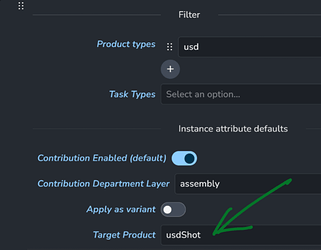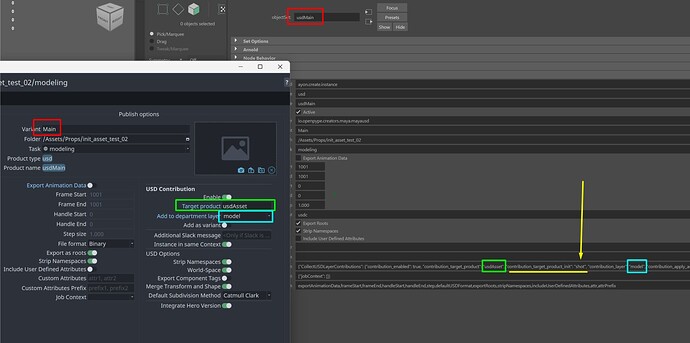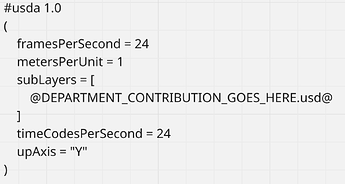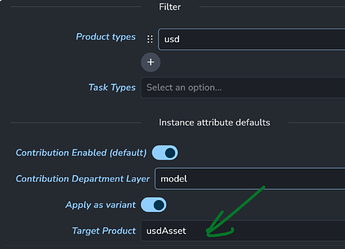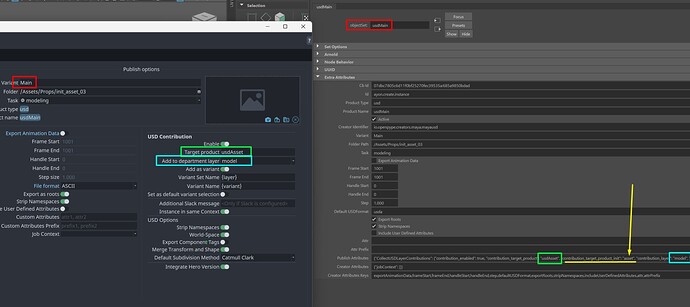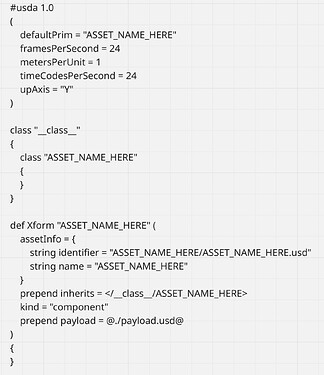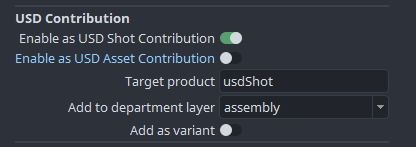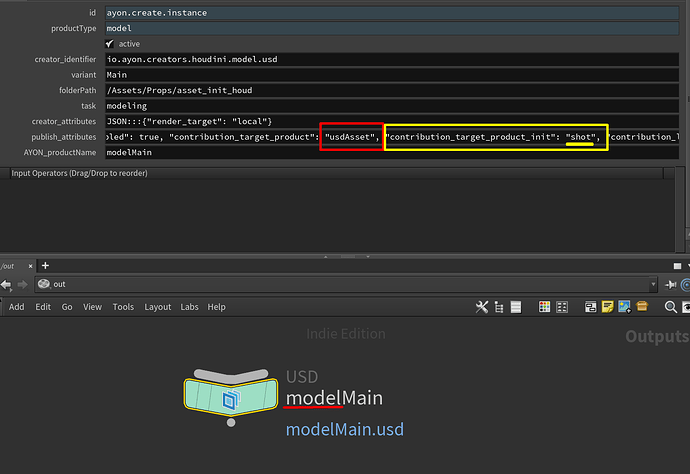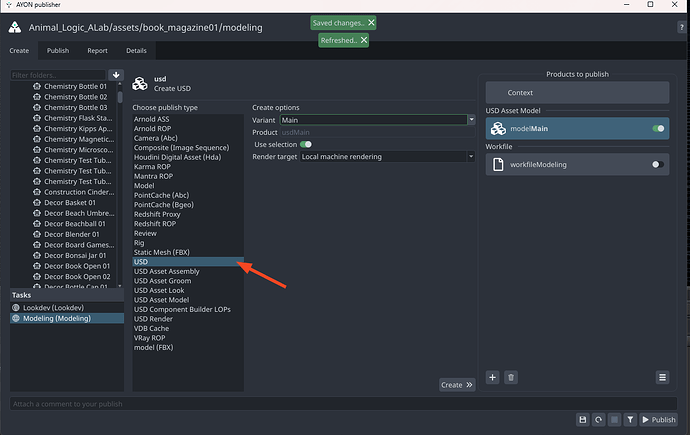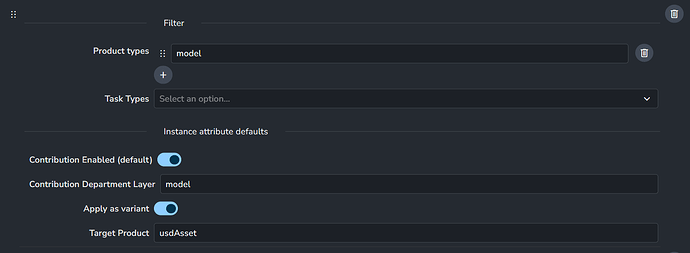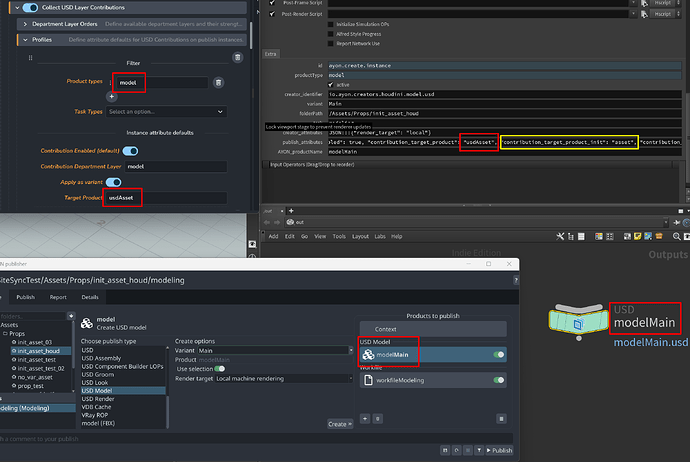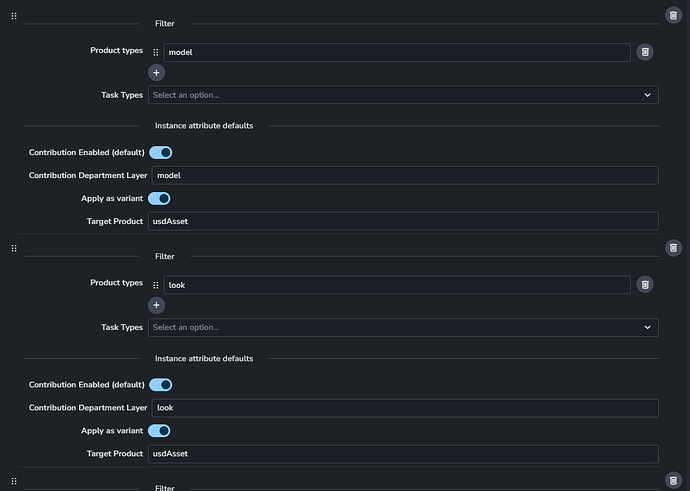Hi everyone,
I’m a bit confused by the default preferences in Core > Collect USD Layer Contributions > Profiles regarding how USD files are initialized.
By default, the default setting seems to initialize every asset as a SHOT, even when the user selects “usdAsset” as the target product during publishing. I’ve tested this several times, and the result is always the same: the publish attributes of the Maya set include "contribution_target_product_init": "shot" (as shown in yellow in the image below). You simply can’t change that from the publishing window as you see.
So, unless the preferences are changed, all assets end up with a structure like the one shown below, where the department contribution is brought in as a sublayer. As far as I’m understanding from context, this structure was originally intended for SHOTs, not assets.
However, if you include the configuration below…
…that indeed makes a difference. Now you can see the the Maya set now includes
"contribution_target_product_init": "asset" (in yellow):
The ASSET now is initialized with a payload.usd file, saved alongside the generated version. That payload.usd then includes the department contribution as a sublayer. Again, as far as I’m understanding, this was the intended structure for ASSETs.
Question 1:
In this post by @bigroy:
…there’s a publish window with an “Initialize as” option, allowing the user to choose between Asset or Shot.
Why was this option removed?
Do you agree that the current default setup could be misleading? A user might think they’re initializing an asset (based on their target product selection), when in fact the resulting structure is that of a shot. This seems problematic, specially since changing the target product in the publishing window doesn’t change how the entity is initialized.
Question 2 (this is more of a general USD question):
Is it really necessary for every asset to be initialized with a payload.usd?
Shouldn’t the user have the options so important assets would be referenced into shots instead of payloaded?
I’m sorry for the long post but I couldn’t explain the issue in a shorter way.
I’m still wrapping my head around USD and would love to hear your thoughts about the two different ways of initializing Assets and Shots.
Thanks a lot in advance!
